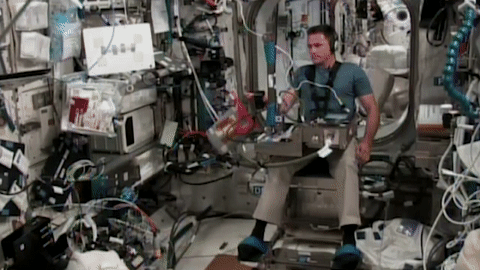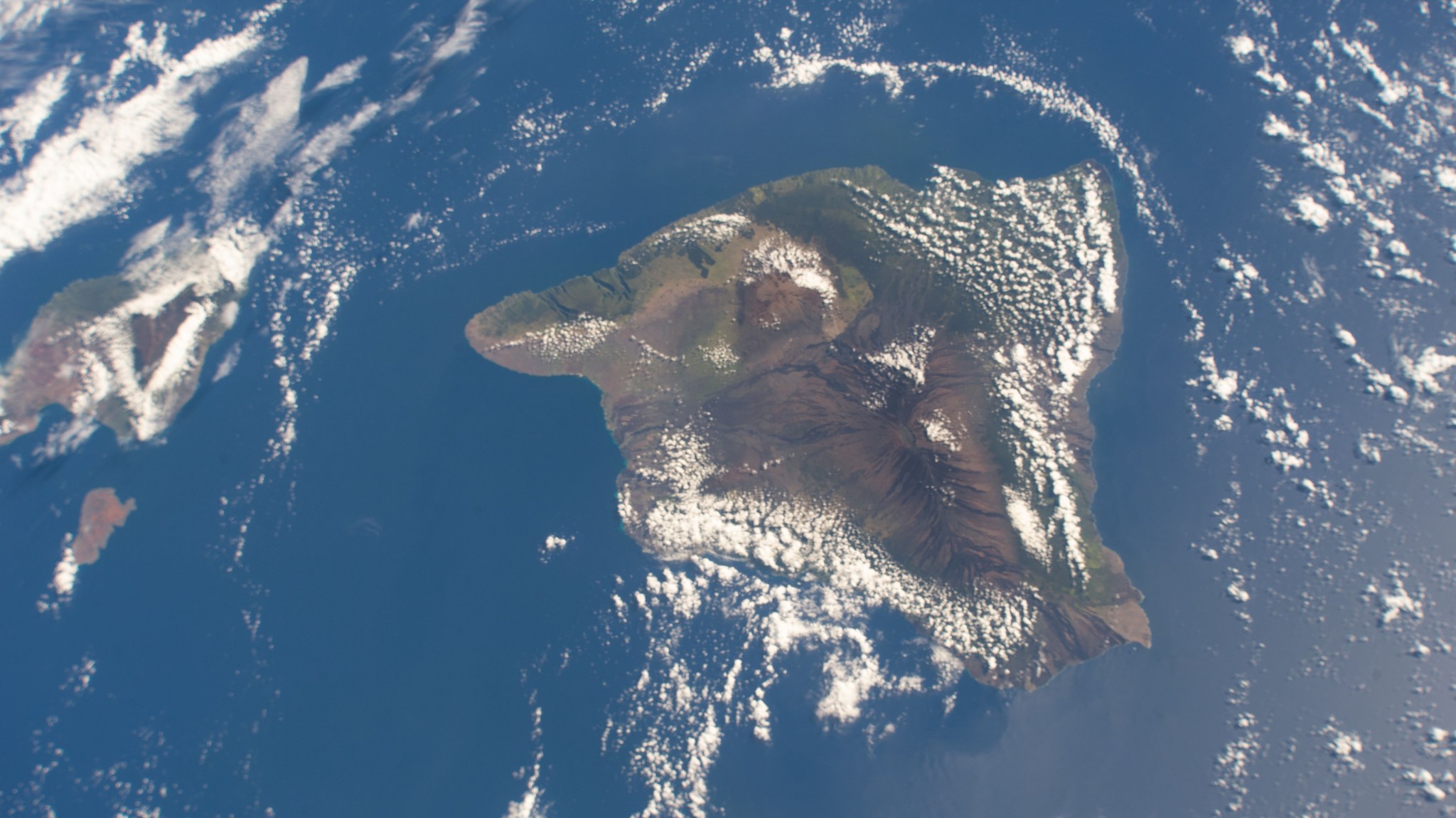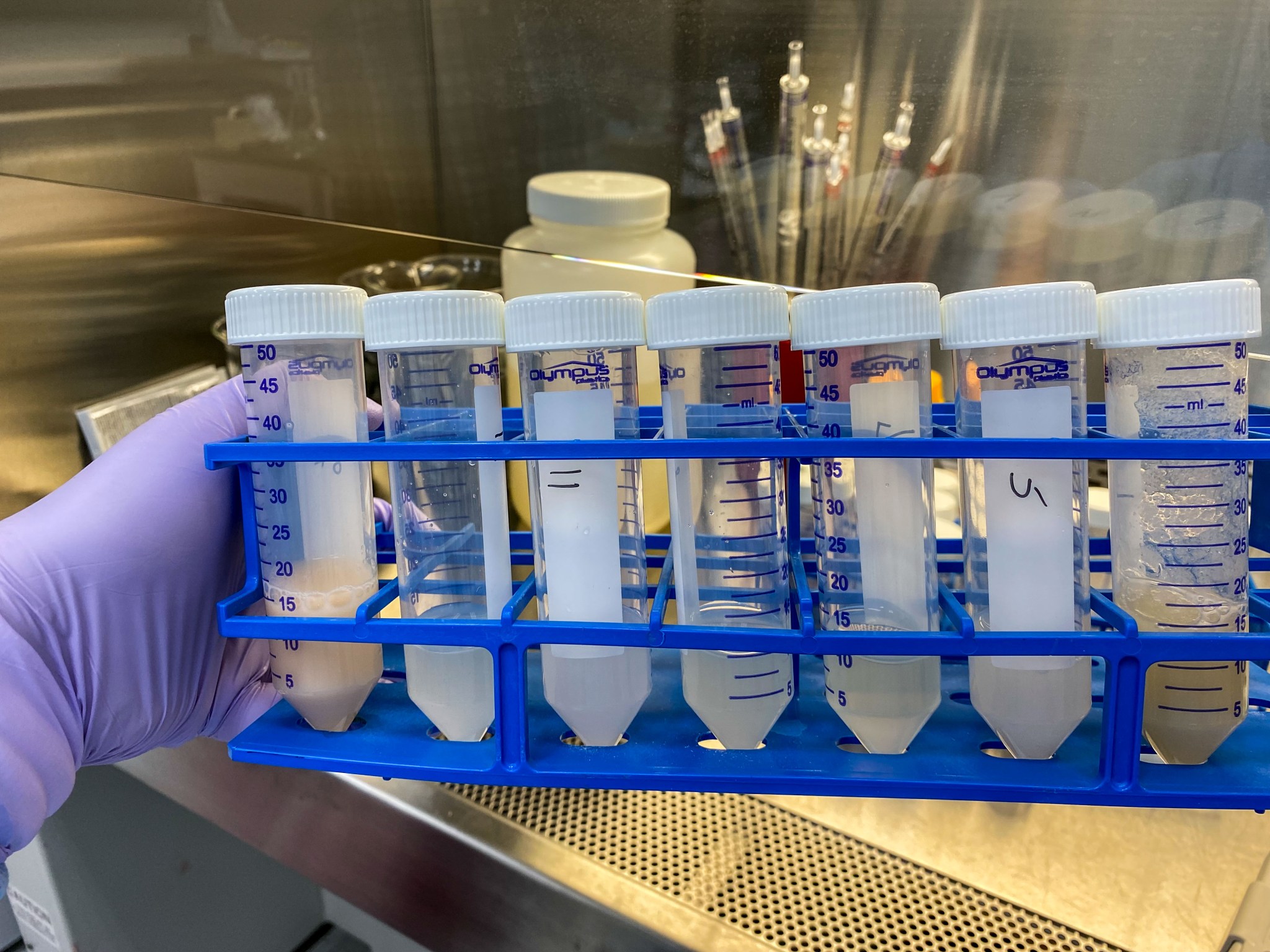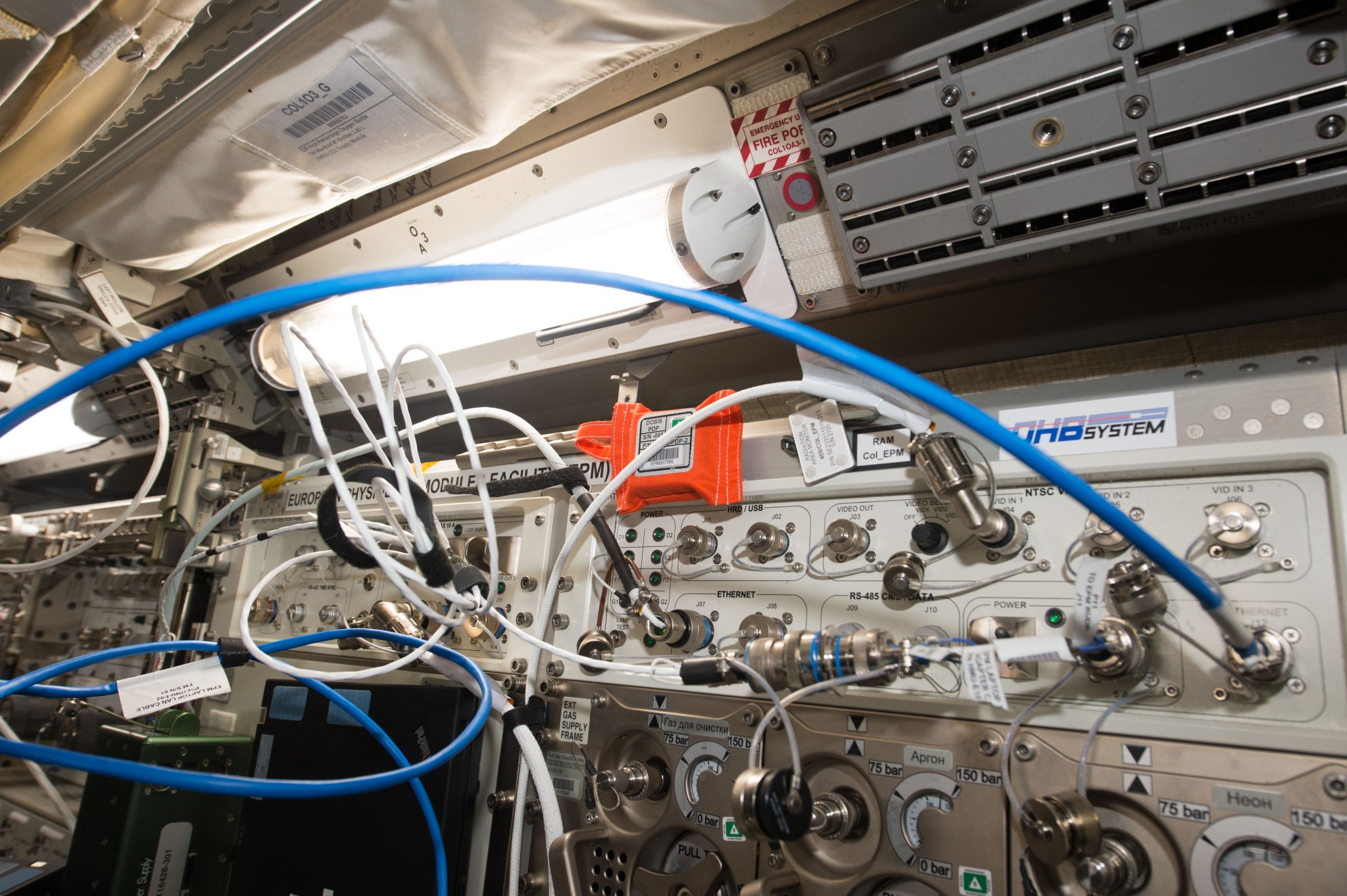Crew members aboard the International Space Station conducted scientific investigations during the week of Oct. 10 that included collecting data to support studies of how the body adapts to space, comparing properties of soil microbes in space and on the ground, and mapping radiation doses inside the space station. Crew-4, including Kjell Lindgren, Bob Hines, and Jessica Watkins of NASA and Samantha Cristoforetti of ESA (European Space Agency), departed the station for return to Earth aboard the SpaceX Dragon Freedom on Friday, Oct. 14.
Here are details on some of the microgravity investigations currently taking place aboard the orbiting lab:
Adapting to space
Many new crew members arriving at the space station participate in ongoing studies that evaluate how their bodies adapt. During the week, crew members conducted sessions for three such investigations from ESA.
GRASP examines the effect on coordination of the hand and visual environment to control reaching for and grasping an object. Astronauts perform sessions pre- and post-flight, as well as within the first 15 days and at other points during flight to help researchers evaluate how the brain adapts to microgravity.
GRIP studies the long-duration effects on a person’s ability to regulate the force of their grip and trajectory of upper limbs when manipulating objects. Data could identify potential hazards for astronauts as they move between gravitational environments, as well as contribute to the design of systems for controlling rovers, robots, and other tools used to explore planets, moons, and asteroids.

Myotones monitors changes in the properties of muscles during spaceflight, comparing data from preflight sessions to those conducted early in flight. Results could support development of better countermeasures for future space missions as well as alternative rehabilitation treatments for those experiencing the effects of aging and restricted mobility on Earth.
Microbes in microgravity
DynaMoS compares metabolic interactions in a community of soil microbes on the space station and a control sample on the ground. Communities of microorganisms carry out key functions in soil, including carbon and nutrient cycling and supporting plant growth. Results could improve understanding of function of soil microorganisms in space and support the design of life-support systems for future missions that use the natural processes carried out by soil microorganisms. Improved understanding of the function of soil microorganism communities also could support improvements in agricultural production on Earth. During the week, crew members conducted a scheduled sample collection, placing the sealed tubes in MELFI, one of the station’s cold storage units.
Mapping radiation doses
DOSIS-3D, an investigation from ESA, uses several active and passive detectors that determine the nature and distribution of the radiation field inside the space station to create a three-dimensional radiation map of its sections. Specific detectors measure various radiation components and absorbed doses, averaged over the mission. A comprehensive understanding of the space radiation environment could help scientists develop better ways to protect crews. On Earth, commercial and military flight crews and nuclear plant workers are exposed to greater-than-average radiation levels, and results could improve protection for them as well. The DOSIS-3D experiment also provides insight into combining different devices for dosage monitoring and provides lessons in how to monitor real-time data. Crew members deployed dosimeters for the investigation during the week.
Other investigations involving the crew:
- Wireless Compose-2, an investigation from ESA, demonstrates an infrastructure for wireless transmission of data and a smart shirt for measuring forces generated by the heart as it pumps blood. This technology could help monitor the health of astronauts on future missions and this investigation also could improve use of the medical monitoring technology on the ground.
- Robo Pro Challenge 3 from the Japan Aerospace Exploration Agency (JAXA) is an educational program where students solve various problems using NASA’s Astrobee and JAXA’s Internal Ball Camera robots. The experience helps to inspire the next generation of scientists, engineers, and leaders.
- Standard Measures collects a set of core measurements, including data on behavioral health and performance, cellular profiles and immunology, the microbiome, biochemistry markers, sensorimotor changes, and cardiovascular health. These data help researchers characterize adaptive responses to living and working in space and monitor the effectiveness of countermeasures.
- ISS Ham Radio sessions engage students, teachers, parents, and other members of the community in direct communication with astronauts via ground-based amateur radio units. This experience helps inspire interest in science, technology, engineering, and math.
- Rhodium Space Microbiome Isolates characterizes changes induced by spaceflight in individual bacterial species from the human gut microbiome, a complex community of diverse bacterial species. Results could provide a better understanding of how spaceflight affects the human gut microbiome and lead to strategies to improve human health and function during future missions.
- XROOTS uses the Veggie facility to test hydroponic (liquid-based) and aeroponic (air-based) techniques to grow plants without soil or other traditional growth media, potentially enabling production of crops on a larger scale for future space exploration.
John Love, ISS Research Planning Integration Scientist
Expedition 68

































